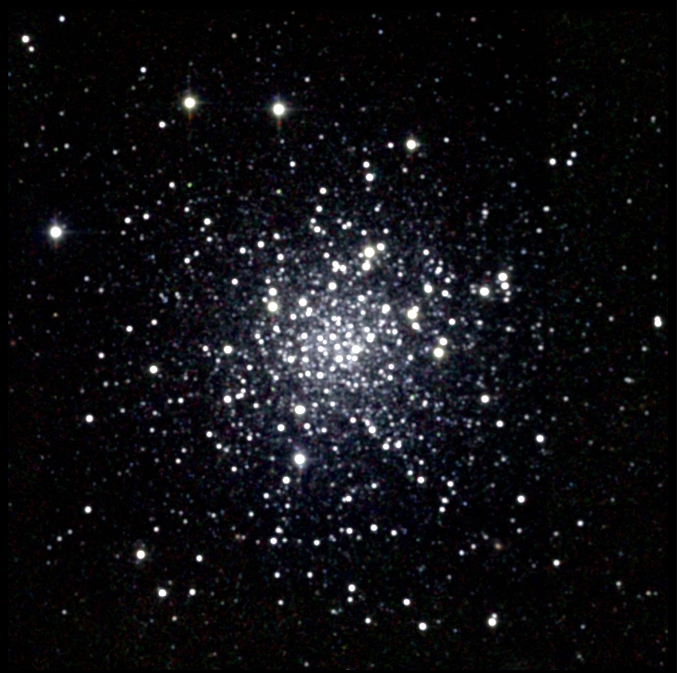Intensity of Starlight on a Planet in a Globular Cluster

Question:
The intensity of star light inside globular clusters:
Suppose a human was standing on a planet revolving around a star that is located inside a globular cluster. How intense would “daylight” be on the planet from those many closet-by stars? Would there be perpetual daylight?
And suppose those stars are a mix of different types and colors — red dwarfs, yellow suns, hot blue, etc. — how would someone on the planet perceive the “color” of daylight? Or because globular clusters are composed of so many stars very close to each other — will all the color of the “daylight” just combine into white?
Could any life actually survive on such a planet surrounded by many close-by stars?
Answer:
The stars in a globular cluster are on average about 1 light year apart, and can be as close together as the size of our solar system, while the average distance to any of the stars in our galaxy is about 5 light years. Since the brightness of a star is inversely proportional to the square of its distance, a planet orbiting a star in a globular cluster would experience average stellar brightness that is 25 times higher than that which we experience on Earth. While the much higher stellar brightness would make the night sky quite bright, which many bright stars with a wide range of apparent colors, it would not be as bright as daylight on Earth. As there has been at least one extrasolar planet detected orbiting a star in a globular cluster, we know that planets can exist around stars in globular clusters. As to whether these planets are habitable is difficult to assess, as our understanding of how life forms and evolves in our galaxy is rather incomplete.





